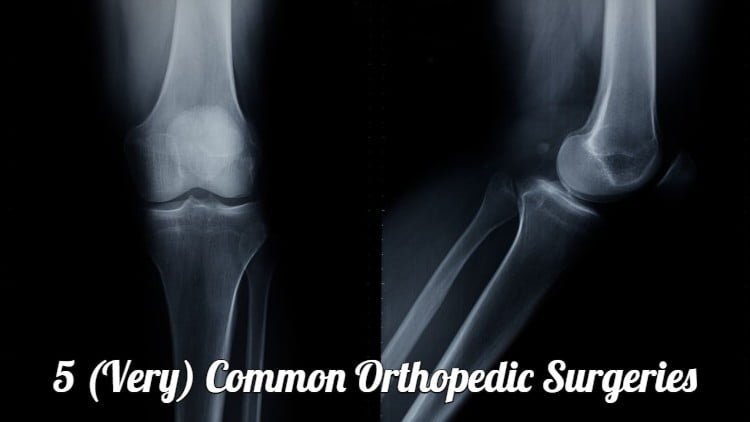You’re in your 50s. You’re still not old – far from it. But you have arthritis, inflammation of joints commonly associated with old age.
The disease can limit you physically and impact the quality of your life.
So, even when you’ve visited the best arthritis doctor in Kolkata and are following their recommendations, things could be difficult and frustrating mentally.
To ease that, it’s important that you learn how to live with arthritis and accommodate the treatment plan into a regular part of your lifestyle.
Here are some tips to live healthily and happily in your 50s with arthritis:
Understand the condition
Arthritis is a group of symptoms that include joint pain and stiffness, as well as swelling, redness, and warmth around affected joints. The severity of symptoms varies from person to person, so it’s important to talk to your doctor about what might be causing your symptoms.
Get physical therapy
Physical therapy can help restore movement in your joints and strengthen muscles that support those joints so they don’t cause any further damage or pain. It also has been shown to improve function in patients who have lost strength due to rheumatoid arthritis (RA). Physical therapy can be done alone or in combination with other treatments such as medications or exercise routines.
Use proper positioning
Proper positioning can help decrease pressure on joints and increase blood flow throughout the body, which helps reduce inflammation and ease pain associated with RA or osteoarthritis (OA).
Keep your weight down
People with arthritis are more likely to be overweight or obese than those without the disease. Obese people with arthritis are more likely to be in pain, and less able to cope with their symptoms. This is because excess body weight creates even more stress on joints and muscles, leading to more inflammation and pain.
Understand the condition
Arthritis is a group of symptoms that include joint pain and stiffness, as well as swelling, redness, and warmth around affected joints. The severity of symptoms varies from person to person, so it’s important to talk to your doctor about what might be causing your symptoms.
Get physical therapy
Physical therapy can help restore movement in your joints and strengthen muscles that support those joints so they don’t cause any further damage or pain. It also has been shown to improve function in patients who have lost strength due to rheumatoid arthritis (RA). Physical therapy can be done alone or in combination with other treatments such as medications or exercise routines.
Use proper positioning
Proper positioning can help decrease pressure on joints and increase blood flow throughout the body, which helps reduce inflammation and ease pain associated with RA or osteoarthritis (OA).
Keep your weight down
People with arthritis are more likely to be overweight or obese than those without the disease. Obese people with arthritis are more likely to be in pain, and less able to cope with their symptoms. This is because excess body weight creates even more stress on joints and muscles, leading to more inflammation and pain.
Get enough sleep
Sleep is important for healthy joints, but many people with arthritis find it difficult to get enough sleep at night due to pain or stiffness in the morning. If you have trouble sleeping, consider going somewhere quiet like a bedroom where you can lie down comfortably until you fall asleep naturally.
Choose a healthy diet
Eat a healthy diet high in antioxidants such as vitamins A, C, and E. These nutrients help slow down bone loss and may also protect against heart disease by lowering cholesterol levels. Antioxidants may also help protect cartilage from damage caused by free radicals that cause inflammation.
Get plenty of workout
Physical activity is important for everyone, but it’s especially important for people with arthritis because it helps keep bones strong and joints flexible so they don’t get stiff or painful easily. Start walking every day if possible — even just around the block — and aim for a 30-minute walk most days of the week.
Final words
These are seven tips that will help you live a healthier life in 50s with arthritis. If you need more information or need help with the treatment, you can connect with an experienced orthopedic doctor in Kolkata. Discuss with them your existing condition and resolve any query that you may have.









